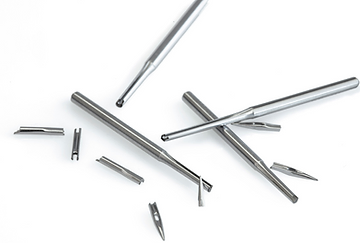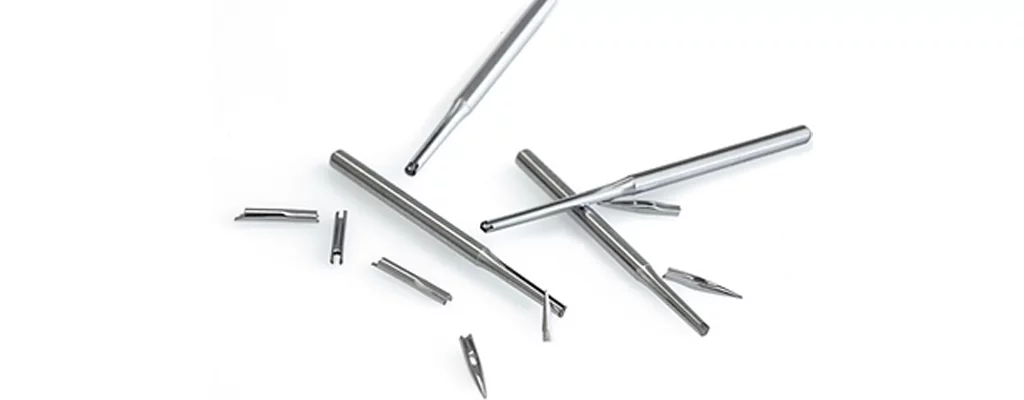There are many quality control issues that need to be in place to ensure a manufacturer will be able to produce a garment that not only meets the customers specification, but also the customer’s legal obligations to the end consumer.
The most common legal obligation is for the garment to free from any toxic chemicals that could cause injury to the end wearer. This usually achieved by having a process of testing the fabric, yarns and other items prior to shipment. However there is another serious safety issue that is not so commonly discussed – uncontolled metal contamination.

In the knitting industry, metal parts are an integral aspect of the manufacturing process. A knitting machine can contain over 2000 needles which are thin and breakable. A sewing machine has a fine sharp needle that can also break during production. These potentially sharp broken pieces of metal can become lodged into a garment and ultimately could injure the consumer. This is a legal nightmare for brands, especially with the power of social media these days. Therefore it is critical that any breakages of metal components are found and controlled throughout the production process.
To ensure metal control, good manufacturers follow these general guidleines in their standard production process.
- all loose sharp metal items are removed from the whole production process, such as blades or modified knives
- all essential cutting items such as sewing machinist clippers are permanently secured to the working bench and cannot be untied
- all sewing machine needles are accounted for with a ‘one needle per machine’ rule enforced
- unused sewing machines have the needle removed so the needle is full accounted.
- in the event of a broken needle, all pieces must be found and reconstructed on a record to show all pieces are accounted for and logged into an official register
- if a piece is missing, then the whole production must be quarantined and scanned through a metal detector to verify the production is safe
- all production after pressing and folded into the plastic bag needs to pass through a metal detector and go into a metal-free packing area. There can be no metal at all within this quarantined metal-free zone.
As can be seen, it is an onerous task to control metal, but the ramifications for failing to keep all production metal-free can result in product liability legal action. Buyers should always ensure that they have required their suppliers to have a working and verifiable Metal-control process in place.

